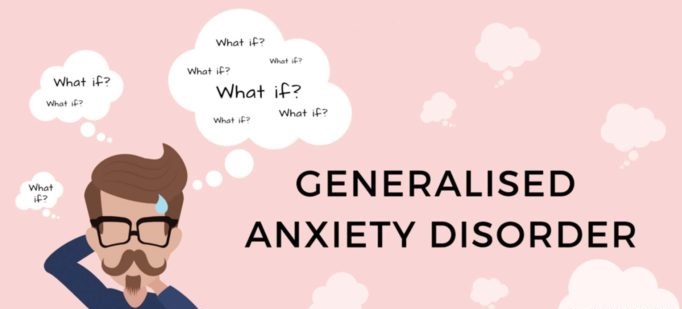
Anxiety disorders are a class of mental disorders that distinguish themselves from other problems with two key features: fear and anxiety. Fear is an emotion experienced in response to an imminent threat (real or imagined). Anxiety, on the other hand, is an emotional state experienced in anticipation of a potential future threat.
Generalized anxiety disorder (GAD)—despite its name—is a specific type of anxiety disorder. The hallmark feature of GAD is persistent, excessive, and intrusive worry.
Who Gets GAD
GAD is among the three most common psychiatric problems in youngsters (alongside separation anxiety and social anxiety disorders). However, early detection and intervention can result in significant or full remission of symptoms and may protect against the development of other problems later in life.
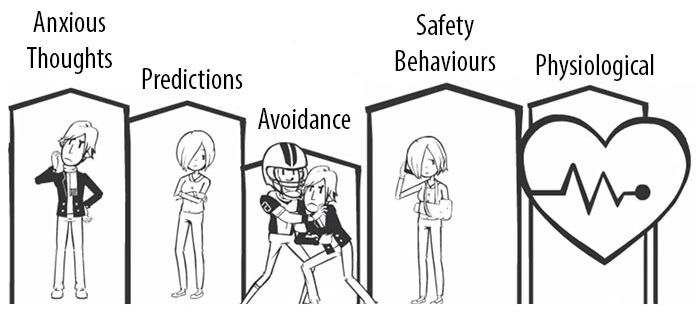
GAD is also the most commonly occurring anxiety disorder in older adults. New onset GAD in older adults is commonly related to co-occurring depression. In this age group, GAD has historically likely been underdiagnosed and undertreated for a number of reasons.
Signs and Symptoms
To meet formalized diagnostic criteria for GAD, excessive anxiety and worry must be present most of the day more days than not for at least six months.
Features of excessive worry include:
- Worry even when there is nothing wrong
- Worry about a perceived threat in a manner that is disproportionate to the actual risk
- Worrying about something for the majority of your waking hours
- Asking others for reassurance about your specific concern, but continuing to worry anyways
- Worry that shifts from one topic to another
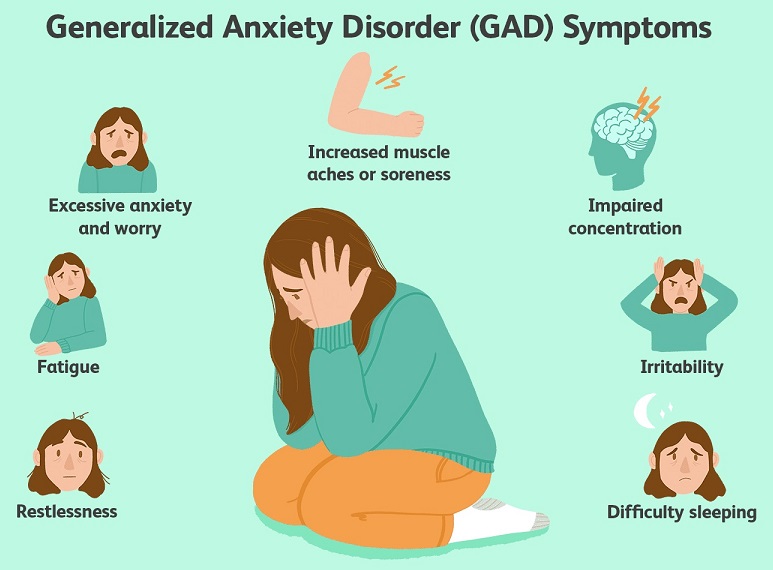
For people with GAD, the worry is very difficult to control and is associated with multiple physical or cognitive symptoms such as:
- Restlessness or edginess
- Fatigue
- Poor concentration (sometimes with memory problems)
- Irritability (sometimes observable to others)
- Muscle tension or soreness
- Impaired sleep
Many people with GAD also experience other uncomfortable markers of prolonged anxiety, including sweating, stomach upset, or migraine headaches.
Diagnosis
GAD can be challenging to accurately identify because anxiety is an emotional state that everyone experiences from time to time in response to the stresses of everyday life. In fact, moderate anxiety can be quite helpful in a range of ways—for example, providing us with motivation to get things done or to respond to actual threats to our safety if they occur.
Causes and Risk Factors
Like many other psychiatric disorders, GAD is thought to emerge in the context of particular biological and environmental factors. A key biological factor is a genetic vulnerability. It is estimated that one-third of the risk of experiencing GAD is genetic, but genetic factors may overlap with other anxiety and mood disorders (particularly major depression). Temperament is another associated factor with GAD. Temperament refers to personality traits that are often regarded as innate (and therefore might be biologically mediated). Temperamental characteristics known to be associated with GAD include harm avoidance, neuroticism (or the tendency to be in a negative emotional state), and behavioural inhibition.
No specific environmental factors have been identified as specific or necessary to cause GAD. However, environmental features associated with GAD include (but are not limited to):
- Observation of constant worrying by family members
- Overprotective parents
- Modelling of dealing with stress in an anxious manner
- Exposure to an unsafe setting (including trauma)
- Periods of prolonged stress
Again, no one factor—biological or environmental—is understood to cause GAD. Rather, the disorder is thought to result from a “perfect storm” of environmental stressors that occur in an individual with a genetic predisposition for anxiety.
Treatment
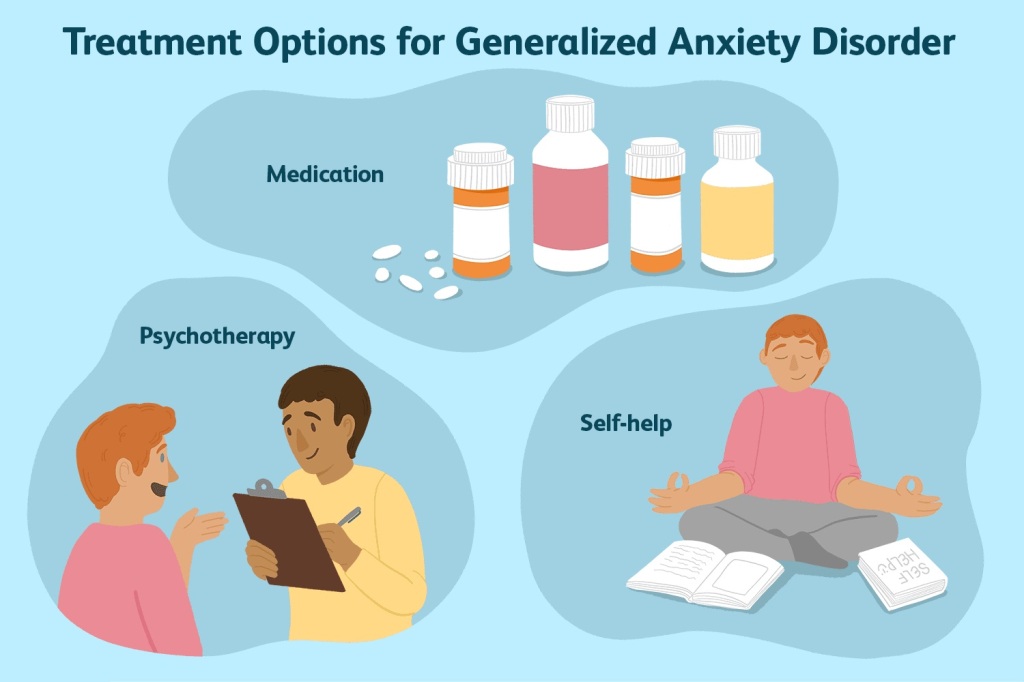
Treatment for GAD typically falls into one of three categories: medication, psychotherapy, and self-help. Treatment research is ongoing and encouraging, particularly with regards to the helpfulness of approaches like yoga and mindfulness. Because anxiety is a natural part of the human experience and treatments for GAD appear to offer far-reaching benefits on day-to-day functioning, even people with low-grade anxiety may benefit from treatment.
Coping
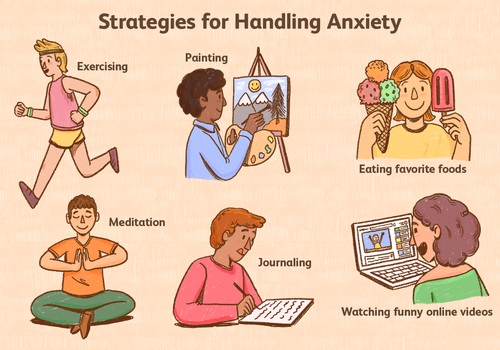
People with GAD have to cope with a variety of physical, behavioural, and emotional symptoms on a day-to-day basis. There are proven strategies to target each. Social coping strategies, for example, involve talking to someone and recruiting support, while emotional coping strategies like mindfulness and learning the triggers can help quell intrusive thoughts and overwhelm. Every person has a unique situation, and not every strategy will work for everyone. Part of coping involves determining which strategy works best and optimizing it to get the most from it.
For Loved Ones
Living with someone having anxiety has its challenges, but there are several ways that you can help including learning about the problem, discouraging avoidance, limiting reassurance-seeking behaviour, and championing successes large and small. There will, of course, be limits to the ways in which you can be helpful to your loved one with GAD. This is when it is especially useful for your loved one to use the treatment resources (i.e., clinicians) available to them. If your loved one is reluctant to seek treatment for anxiety, or unaware of the severity of the problem, look for a quiet moment to have a non-judgmental conversation about how treatment might be a way to feel better, faster.
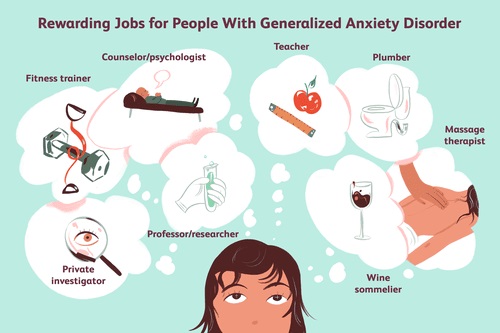
Content Curated By: Dr Shoury Kuttappa

